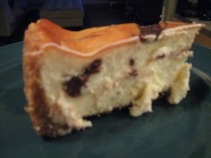
A lot of people are intimidated by the process of making cheesecake. Because it's expensive to make and it's time consuming it's not something you want to try to make only to have it not turn out. I really believe this is a myth perpetuated by cookbooks. They tell you that you have to bake in a special pan (a springform); you have to bake it in a water bath (a pan of water your springform sits in to gently heat the cake as it cooks to prevent cracking); unless your pan is brand new you usually have to wrap it in foil before putting it in the water bath (to prevent water from getting in and ruining your cake, or at the very least making your crust soggy); then after the cake is baked you must slowly, little by little, reduce the temperature of your oven so that your cake slowly cools and it doesn't crack. Many cookbooks even recommend that you leave the cheesecake in the oven overnight with the oven door propped open with a towel to allow the water bath to slowly cool, and thereby allowing the cake to also slowly cool.
Jeez! Just reading that makes me not want to make a cheesecake. I used to think that's what you had to do... I mean, that's what the cookbooks all say. But then I started thinking about it. Did I really think that bakeries and restaurants allowed their precious oven space to be taken over by cheesecake production? No way! Oven space is money! There had to be a better way.
So I stopped using a springform pan and just baked in a regular cake pan. I stopped using the waterbath. I learned that by cooking the cake at a lower temperature I could avoid cracking. Another major cause of cracks is over-baking the cheesecake. It can be tricky to know when a cheesecake is finished because the center should still be jiggly. Most of the time when you bake a cake, if the center is jiggly you keep baking, but not a cheesecake!
I, of course, have a quick and easy method to get cheesecake whenever I want it. I just send The Chef a text message to bring me a slice home with him. Instant gratification! The cheesecake they serve at the restaurant is great and is based on the recipe from Carnegie Deli. The only problem is that I can't stand the crust. They use a sugar cookie as the crust and I just don't like it. I actually peel it off in order to eat the cake. I knew I could make it better so I searched out the recipe to the Carnegie Deli's cheesecake and I basically make it exactly the way they say, except I substitute a graham cracker crust. I also swirl in some ganache or chocolate chips or a fruit sauce... whatever I'm in the mood for.
The Carnegie Deli cheesecake is very unique in that it has a very dark top. This is achieved by baking the cheesecake for a few minutes in a 500 F oven. When it's as brown as you'd like it to be, remove it from the oven and let it cool for a good 30 minutes while the oven also cools down to 350 F. Then put it back in the oven and let it finish baking for another 25 minutes or so. What you're looking for is a small circle (about the size of a quarter) in the center of the cake to still be jiggly, but the rest of the cake to be set.
At this point you're probably wondering how on earth I get it out of the pan. Easy! I let the cake cool completely on a rack. This is very important because drastic changes in temperature will cause cracks. Give it as much time as it needs. When it's completely cool stick it in the freezer and let it freeze. After it's frozen take it out of the freezer and put it over a VERY low heat on your stove top, constantly turning the pan. What you're doing is just slightly loosening up the butter in the crust so that the cake will slide right out. What you don't want to do is leave one spot over the heat too long and burn it or liquefy the cake. Have a small knife ready and periodically slide the knife around the edge of the cake. When it easily slides between the cake and the pan and you feel the cake release it's ready to come out. Then just flip it out onto a plate and because it's frozen you can flip it into your hand and to turn it over and then set it down onto it's serving dish. Then let it thaw and serve. You can also wrap it very well in plastic and put it back in the freezer for unexpected guests or for a slice every now and then.
If the cheesecake cracks it's not the worst thing in the world. Lots of sins can be covered by whipped cream! You can also make a sour cream glaze to pour over the top. The key is to give yourself enough time to do all the different steps and allow the cake to cool and freeze for as long as it needs to. If it cracks, just keep trying, you will get it, I promise.
-The Baker
Prep: set out cream cheese to come to room temp; prepare crust; preheat oven to 500
Yield: 1 – 8” x 2” cake
GRAHAM CRACKER CRUST:
- 9 full graham crackers, crushed (approx 1 ¾ c)
- ¼ C Sugar
- 4 oz Butter, melted
- crush graham crackers as finely as possible using a rolling pin or a food processor; or you can buy graham cracker crumbs in the baking aisle
- stir it all together and press into the prepared pan; set aside
GANACHE:
- 1 T (½ oz; 19 g) Corn Syrup
- 2 T (1 oz; 28 g) Heavy Cream
- 4 oz Chocolate (semi-sweet)
- put all ingredients into a small pot over very low heat
- stir constantly until everything melts together and is glossy; set aside
- 20 oz (467 g) Cream Cheese
- ¾ C (137 g) Sugar
- 1 ½ T (17 g) AP Flour
- 1 ½ t (7 g) Lemon Juice
- 1 ½ t (7 g) Vanilla Extract
- 3 whole Eggs
- 1 Egg Yolk
- 2 T (35 g) Heavy Cream
- cream the cream cheese until very smooth and creamy (scrape down bowl)
- beat in sugar until well incorporated (scrape down bowl)
- beat in flour, lemon, vanilla, eggs, yolk and cream (scrape down bowl making sure there are no lumps)
- bake at 500 for 12 mins until the top is dark brown and cake has slightly started to rise
- cool cake for 30 mins while oven temp reduces to 350
- return to oven and bake another 25 mins (cake should be bouncy in the center and slightly risen in the middle and sides)
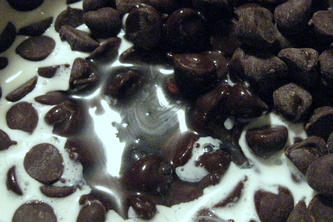
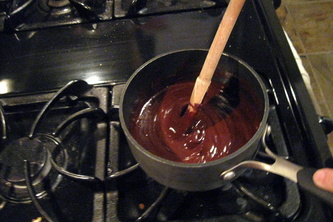
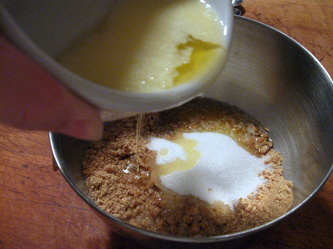
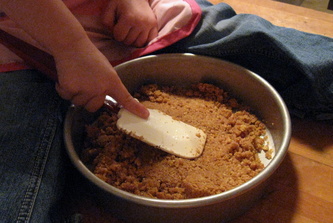
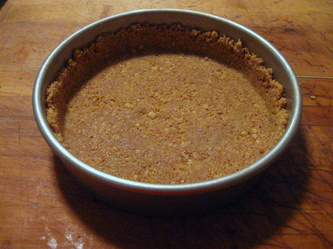
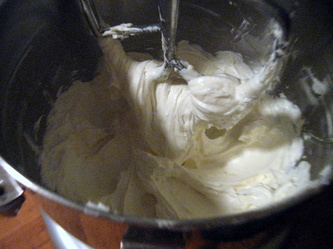
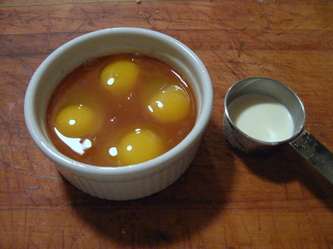
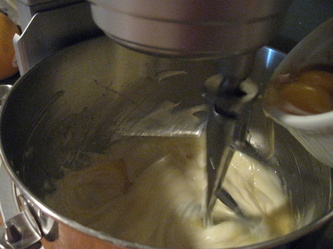
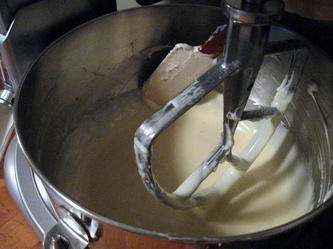
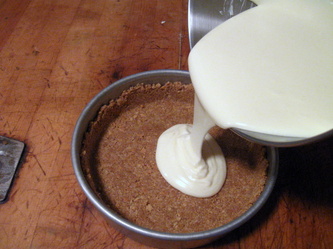
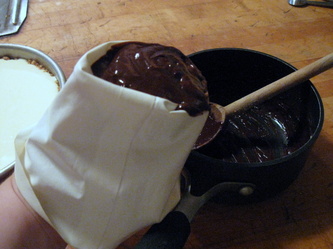
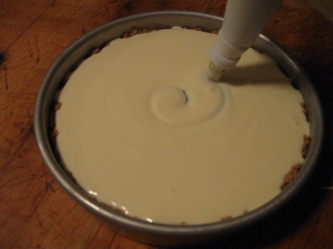
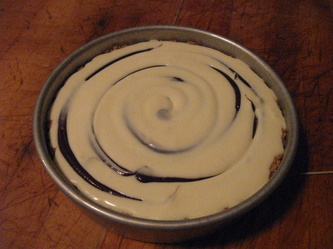
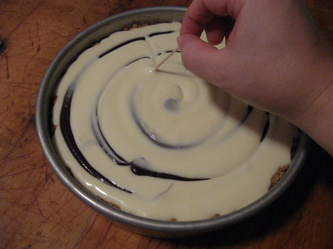
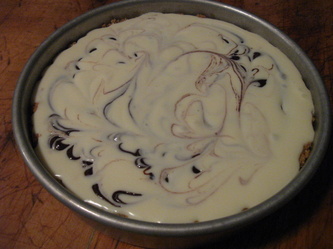
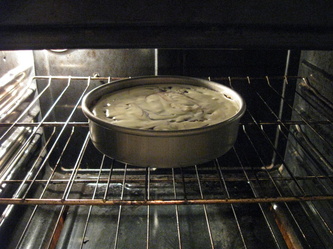
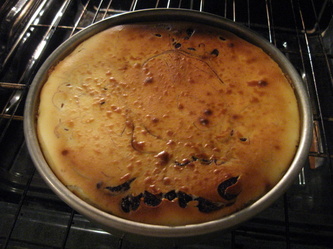
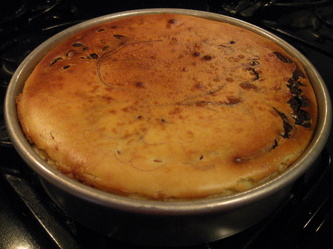
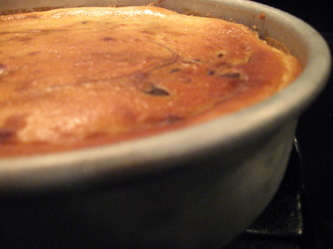
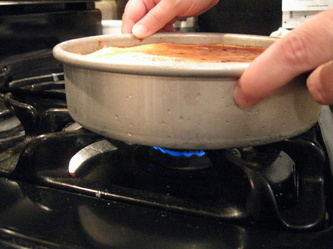
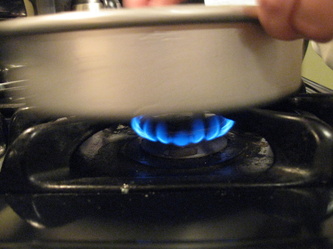
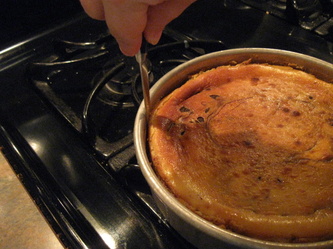
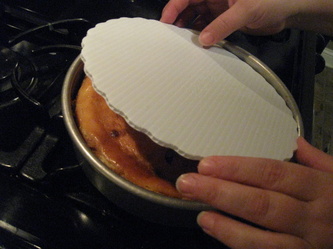
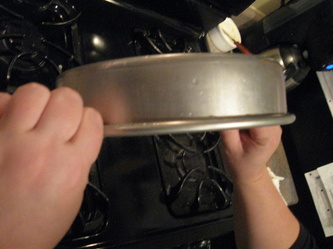
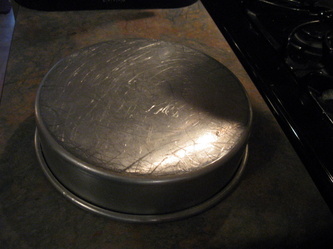
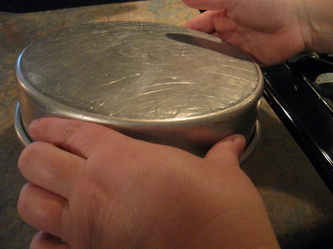
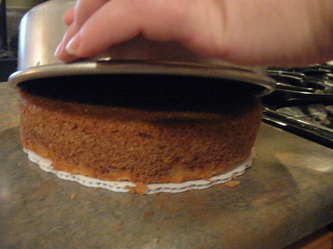
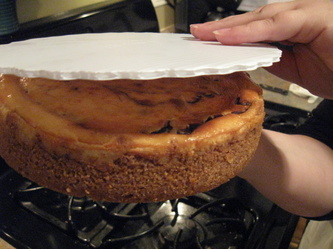
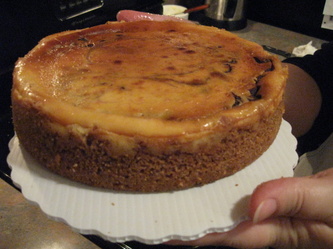
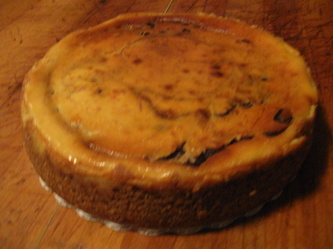
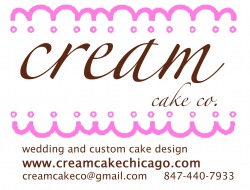
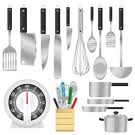
 RSS Feed
RSS Feed
